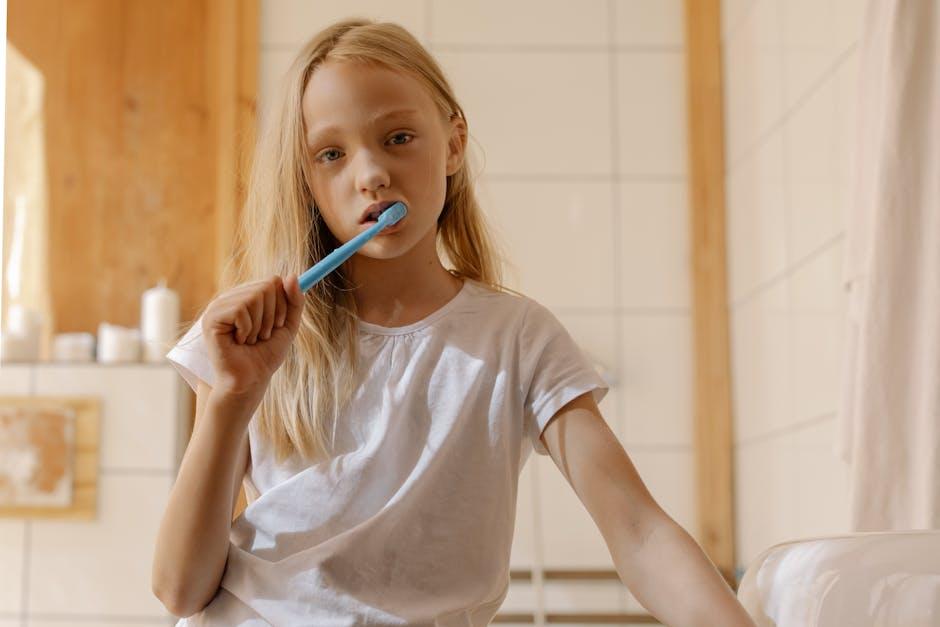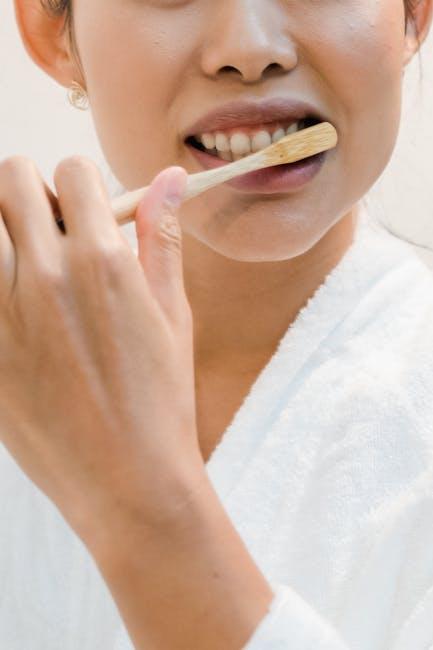
Why You’re Brushing Your Teeth All Wrong – News.com.au
Brushing your teeth is one of the most basic aspects of personal hygiene, yet many of us get it wrong every day. You think you’re doing enough to protect your pearly whites, but improper brushing techniques can cause more harm than good. Whether it’s brushing too hard, using the wrong tools, or missing crucial spots, the way you brush has a direct impact on your oral health.
The Common Mistakes People Make When Brushing Their Teeth
Before we dive into the right way to brush, let’s explore the most common errors that people, including you, might be making.
- Brushing Too Hard: Bristles may feel sturdier but brushing with excessive force can erode enamel and irritate gums.
- Using the Wrong Toothbrush: Hard bristles can damage gums and enamel; a soft-bristled brush is generally recommended.
- Insufficient Brushing Time: Many people brush for less than the ideal 2 minutes, compromising cleanliness.
- Not Replacing Your Toothbrush Regularly: Over 3 months, bacteria accumulate and bristle efficiency declines.
- Brushing Immediately After Eating: Acidic foods can soften enamel making it vulnerable to damage.
- Ignoring the Gum Line and Tongue: These areas harbor bacteria if neglected.
Why Proper Technique Matters for Your Dental Health
Brushing your teeth the right way not only cleans your mouth but also helps in preventing a slew of dental problems like cavities, gum diseases, and bad breath. Below are the key benefits of adopting the correct brushing habits:
- Strengthens enamel and prevents erosion
- Reduces plaque buildup that leads to cavities
- Prevents gingivitis and periodontal diseases
- Maintains fresher breath and overall oral hygiene
- Supports longevity of dental restorations like fillings and crowns
Step-by-Step Guide to Brushing Your Teeth Correctly
Here’s a detailed, easy-to-follow routine recommended by dental experts to ensure you’re brushing the right way:
| Step | What to do | Why it matters |
|---|---|---|
| 1. Choose the Right Toothbrush | Opt for a soft-bristled, ergonomically shaped toothbrush or an electric model. | Gentle on teeth and gums, ensures deeper reach without damage. |
| 2. Apply Fluoride Toothpaste | Use a pea-sized amount to protect against cavities and strengthen enamel. | Fluoride helps remineralize enamel and fight decay. |
| 3. Brush at a 45-Degree Angle | Aim the brush bristles towards the gum line. | Targets plaque buildup along gums where most cavities occur. |
| 4. Use Gentle, Circular Motions | Avoid harsh back-and-forth scrubbing, brush gently in small circles. | Prevents enamel wear and gum damage, while cleaning effectively. |
| 5. Brush All Surfaces Thoroughly | Upper, lower, inner, outer, and chewing surfaces for at least 2 minutes total. | Ensures no plaque or food debris is left behind. |
| 6. Don’t Forget Your Tongue | Gently brush or use a tongue scraper. | Removes bacteria that cause bad breath and dental issues. |
| 7. Rinse and Store Properly | Rinse brush with water and allow to air dry in an upright position. | Prevents bacteria buildup on your toothbrush. |
Practical Tips to Incorporate Into Your Daily Tooth Brushing Routine
- Set a timer: Use a 2-minute timer on your phone or toothbrush to ensure adequate brushing time.
- Brush twice daily: Morning and night brushing is crucial for constant plaque control.
- Replace your toothbrush regularly: Every 3 to 4 months or sooner if bristles are frayed.
- Avoid eating or drinking immediately after brushing: Wait 30 minutes to protect softened enamel from acids.
- Complement with flossing and mouthwash: Brushing alone doesn’t reach between teeth or deep gum areas.
Case Study: The Difference Proper Brushing Made
Consider Jane, a 30-year-old who struggled with frequent gum bleeding and bad breath. After switching to a soft-bristled toothbrush and adjusting her technique to include gentle circular motions for 2 minutes twice a day, Jane noticed:
- Reduced gum inflammation within 2 weeks
- Improved breath freshness
- Smoother teeth surfaces, less plaque buildup
This simple change in her oral care routine saved Jane from costly dental treatments and greatly boosted her confidence.
Frequently Asked Questions (FAQs)
- Is electric toothbrushing better than manual?
- Electric toothbrushes can be more effective at plaque removal due to their oscillating or sonic motions, especially for those with dexterity issues.
- How often should I brush my teeth?
- Brush at least twice daily—after breakfast and before bed—to maintain optimal oral hygiene.
- Can I brush my teeth too often?
- Yes, brushing more than three times a day or scrubbing too hard can damage your enamel and gums.
- Should I rinse with water after brushing?
- Rinsing lightly is recommended; avoid excessive rinsing to let fluoride toothpaste remain on teeth longer.
Conclusion: Time to Change Your Brushing Habits
It’s clear that many of us have been brushing our teeth all wrong — whether it’s because of technique, timing or tools. Making small yet impactful adjustments can yield impressive benefits for your dental health, including stronger teeth, healthier gums, and fresher breath. Take a moment to evaluate your brushing habits today, and start practicing the expert-approved techniques outlined here.
Remember, your smile is your best asset — treat it with the care it deserves. For more oral care tips and updates, stay tuned to News.com.au.


